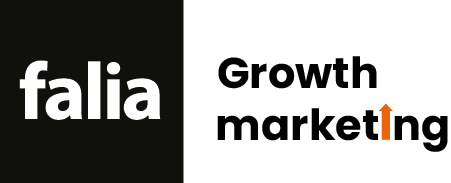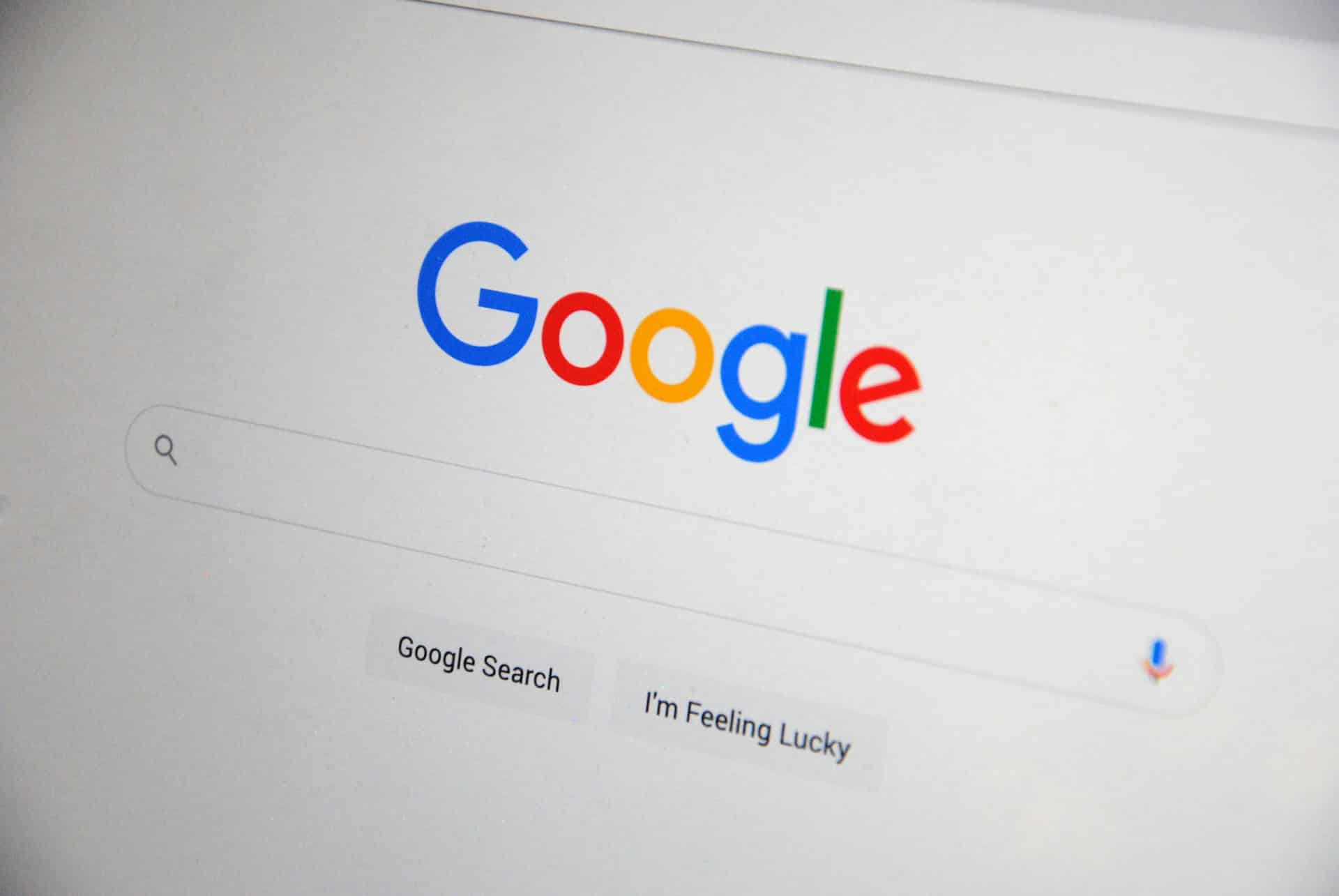At Falia, we firmly believe that inbound marketing is the key to attracting, engaging, and satisfying customers in a sustainable and effective manner. Unlike traditional marketing methods, inbound marketing places the customer at the heart of the strategy. Here is the essential information you need to know about inbound marketing.
Definition of Inbound Marketing
Inbound marketing is an approach centered on creating and distributing valuable content to attract prospects to your business. Rather than interrupting consumers’ journeys with unsolicited ads, inbound marketing naturally guides them to your products and services through relevant and engaging content.
Introduction to Inbound Marketing
The methodology of inbound marketing involves attracting, engaging, and satisfying customers throughout their buying journey. This strategy is based on creating strong and lasting relationships with customers by providing valuable content and addressing their specific needs at each stage of the process.
10 Key Statistics on Inbound Marketing:
- Cost Reduction: Inbound marketing strategies cost 62% less than traditional marketing methods and generate three times more leads. (Source: UserGuiding)
- Conversion Rates: Inbound marketing increases website conversion rates from 6% to 12% on average. (Source: Sender)
- Blogging ROI: 82% of marketers who blog see a positive return on investment from their inbound marketing. (Source: UserGuiding)
- Social Media Usage: 80% of marketers use social media as their primary inbound marketing channel. (Source: Mandalasystem)
- Email Marketing Efficiency: The average return on investment for email marketing is $42 for every dollar spent. (Source: UserGuiding)
- Lead Nurturing: Companies that use a lead nurturing process have 33% more qualified leads at a lower cost. (Source: Sender)
- SEO and Content: 55% of marketers publish more content for organic growth. (Source: FounderJar)
- Video and Content Marketing: 85% of companies use video marketing as a tool in their inbound strategy. (Source: UserGuiding)
- Purchase Decisions: 47% of buyers view 3 to 5 pieces of content from a company before contacting the sales team. (Source: Mandalasystem)
- Management Tools Usage: 73% of marketers use social media management tools for their inbound strategy. (Source: FounderJar)
Inbound vs. Outbound Marketing
Inbound marketing stands out from traditional methods (outbound marketing) due to its non-intrusive approach. While outbound marketing uses techniques such as ads and cold calls, inbound marketing focuses on attracting customers through relevant and personalized content. This helps reduce customer acquisition costs and increase conversion rates.
Can Inbound and Outbound Marketing be Combined?
It is possible and desirable to combine inbound and outbound marketing depending on your goals. For example, you can use occasional ad campaigns to support your inbound marketing efforts and re-engage prospects. However, inbound marketing should remain the primary strategy to establish lasting relationships with customers.
How Does Inbound Marketing Methodology Work?
The inbound methodology revolves around three key stages:
- Attract: Attract qualified visitors by creating and sharing relevant content, optimized for search engines (SEO) and distributed on social media.
- Engage: Convert visitors into leads by optimizing the conversion rate (CRO) of your landing pages.
- Delight: Turn customers into brand ambassadors by providing exceptional customer service and continuing to deliver valuable content.
Phase 1: Attraction
Attract prospects by providing value through your website, blog, SEO strategy, social media presence, and targeted online advertising.
Phase 2: Interaction
Engage with your audience by optimizing your content for conversion with forms, CTAs, personalized customer experiences, and marketing automation.
Phase 3: Delight
Delight your customers by offering personalized and responsive service, using automation tools to enhance efficiency, and monitoring interactions on social media.
How to Implement an Inbound Strategy?
To implement an effective inbound marketing strategy, follow these steps:
- Content Strategy: Create and optimize quality content to attract and engage your target audience.
- Conversion Strategy: Use attractive offers, dedicated landing pages, and marketing automation tools to convert visitors into qualified leads.
- Sales Strategy: Strengthen trust with your prospects using automated workflows and personalized interactions.
- Loyalty Strategy: Provide exceptional customer service and use automation tools like HubSpot and ActiveCampaign to enhance customer satisfaction and loyalty.
- Results Tracking and Adaptability: Measure and analyze campaign performance to continuously optimize your strategy.
Contact our digital marketing agency to discover how our personalized approach to inbound marketing can transform your business and drive growth. With proven strategies such as relevant content creation, search engine optimization, and social media engagement, we help our clients achieve high conversion rates and significant ROI. Our email marketing solutions, for example, offer an average return of $42 for every dollar spent (source: UserGuiding), while our lead nurturing techniques can increase the number of qualified leads by 33% at a lower cost (source: Sender). By collaborating with us, you will benefit from our expertise in attracting, engaging, and delighting your customers effectively and sustainably. Transform your business with inbound marketing and observe sustainable and measurable growth.







